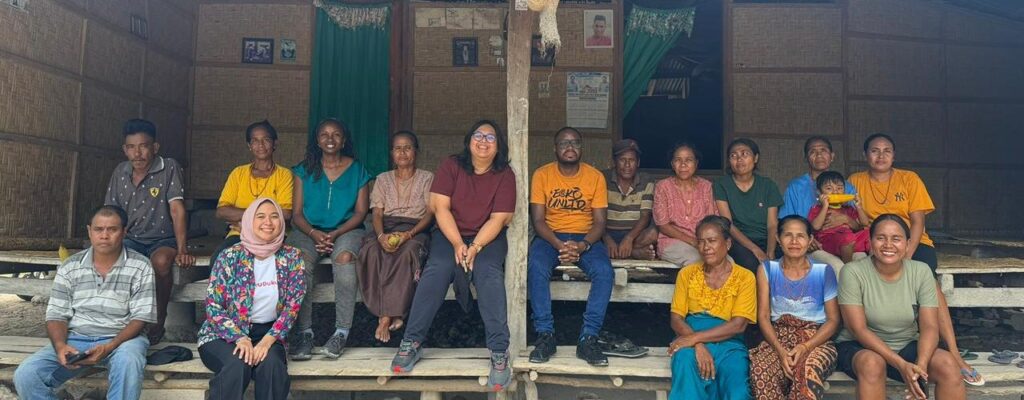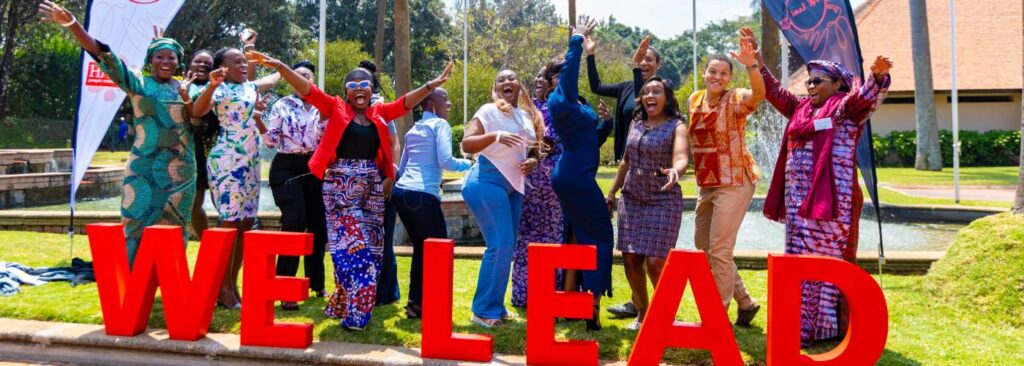Where are we: a factsheet
Hivos’ work is anchored in social change but also engaging governments and civil society to work toward realizing better policies and enforcing existing ones to ensure dignity for all within the workplace. Through the ratification and actual implementation of national, regional and international labor and rights instruments, the dignity and fair treatment of all female workers can be realized.
This factsheet gives a snapshot analysis of the state of ratification and reporting against regional and international instruments as well as information on the lived reality of women in the workforce within these countries.
Keeping track of governments’ progress to achieving gender equality and lobbying the state to adopt, ratify, operationalize and accurately report on key ILO Conventions and other binding international human rights instruments remains one of the strongest drivers of change. While progress has been made through the Minimum Wage Bill (Uganda), the Breastfeeding Mother’s Bill (Kenya), the newly adopted ILO Convention and Recommendation on ending gender based violence in the world of work and sexual harassment policies adoption in Kenya and Malawi, barriers to women’s full participation at work remain deeply intact. Compelling, challenging, questioning and working with state actors has to be a pillar upon which we build the structure for lasting change.
This factsheet also seeks to fill in the data gap and show African governments’ commitment to regional and internationally binding documents focused on the 8 countries under the Women@work program. These are Kenya, Uganda, Tanzania, Rwanda, Ethiopia, Malawi, Zambia and Zimbabwe. For gender equality at work to be a measurable agenda, the gap between policy and commitment has to be recognized, analyzed and incorporate in lobby conversations.
It is Hivos’ hope that this document, based off of publicly available information can condense the vast elements of the stated policies and provide a tool to spark conversations on commitment with government and state actors.
You can download the factsheet here.








